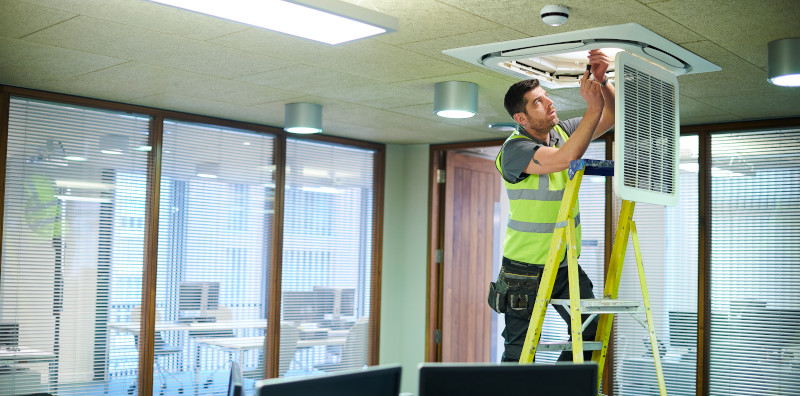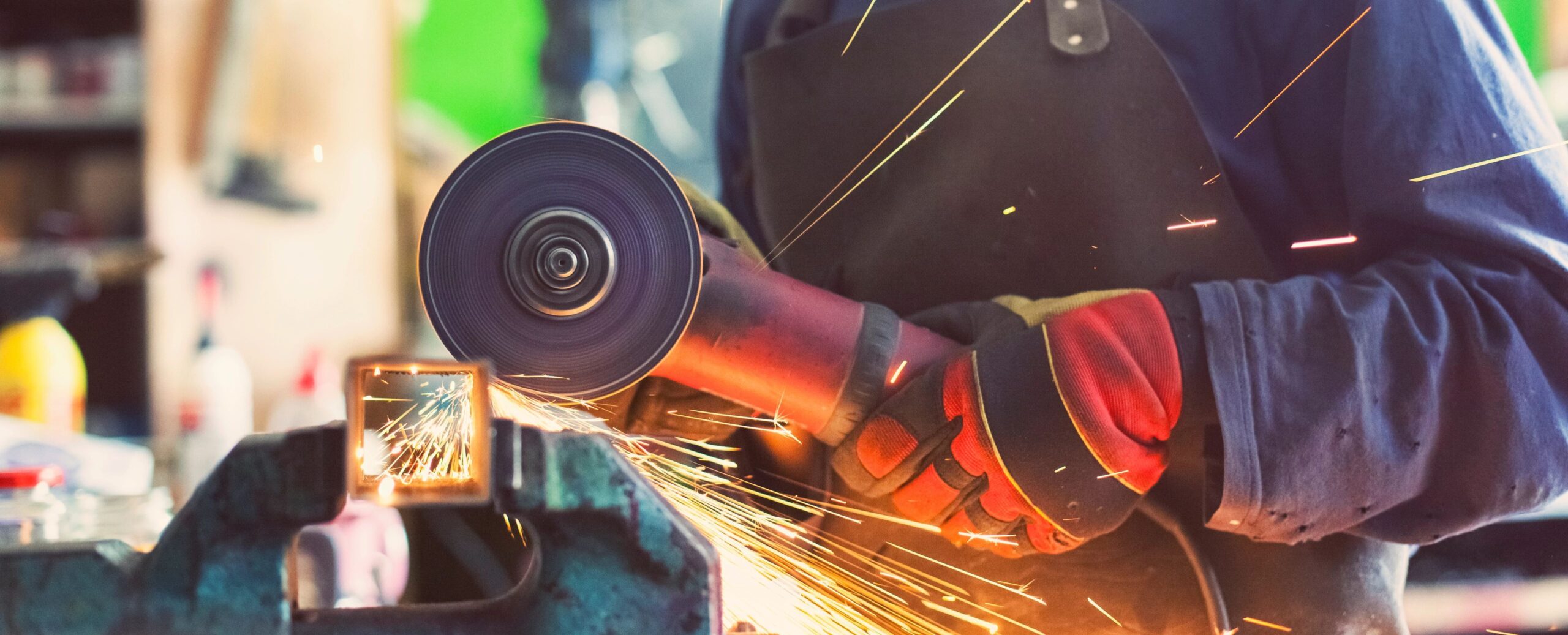Prevent workplace falls

Whenever work is performed from elevated heights, the potential for injury increases not only for those working above, but also those working below who may be struck by a dropped object. Fall prevention should be emphasized in any pre-planning discussion of overhead work. For work activities that must be performed from elevated heights, you should follow practices that afford the greatest fall protection rather than the method that is most convenient.
The following are some important safety tips from the risk control team at CM Regent:
- Always be aware of potential hazards when you are working from elevated heights. Some examples include:
-
- Entanglement hazards from hoses, extension cords and equipment cords.
- Protruding objects/obstacles below.
- Lack of fall protection such as a guardrail system or personal fall arrest system.
- Objects/debris falling to the surface below.
- Limited maneuverability on an elevated work platform.
- Loss of balance when overreaching.
- Practice appropriate ladder safety. This includes:
-
- Inspecting your ladder before using it to ensure it is not damaged.
- Choosing the appropriate length and type of ladder for the application – ladders too short for the intended height typically result in a loss of balance and falls from overreaching.
- Before climbing – ensure ladder is set up correctly:
- Stable base and ladder feet anchored to prevent kick-out.
- Adhering to the 4:1 ratio when using extension ladders. (For every 4 feet in height, the ladder should be placed 1 foot away from the wall.)
- Exceeding the ladder weight rating, including the weight of you and any equipment/supplies carried on the ladder.
- Ladder composition type appropriate for working near conductive hazards.
- Extension ladders should extend at least 3 feet over the roof or platform edge.
- Using the three-point contact rule: Always maintain both hands and one foot, or both feet and one hand, on the ladder at all times.
- Always facing the ladder when climbing or descending.
- Using towlines or a tool belt – avoid carrying materials or equipment in hands while climbing a ladder.
- Never climbing on a step ladder leaned against a vertical surface. The spreader braces should be in the locked position.
- Keeping your ladder free of slippery materials.
- Securing your ladder from displacement. You can use locked doors, barricades or a person standing guard as a control so other work activity cannot displace your ladder.
- Never use a ladder if you are lightheaded, drowsy or dizzy.
- When you are working from a height of 4 feet or greater, fall protection should be provided and enforced. That protection can be in the form of a guardrail system or a personal fall arrest system.
- Never use a chair, table or desk in lieu of a ladder or step stool. While these items may be conveniently located within a school, they are not designed to support shifting body weight. While a chair can safely hold an individual while sitting, the center of gravity will drastically change when a person stands on the chair, and then moves off center when reaching outward to perform a task.
- Select the most appropriate elevated work platform based on the duration of the work task. Ladders are suitable for accessing another elevated work platform or overhead height for brief periods; however, a powered elevated work platform such as a scissor lift is a safer alternative for overhead tasks because of increased stability, larger work platform and integrated fall protection.
With the approach of summer preventative maintenance and classroom teardown tasks requiring work from elevated heights, we encourage you to use these tips as an opportunity to reinforce safe practices throughout your district.
For more ways to keep your employees safe check out our employee safety risk resources.




